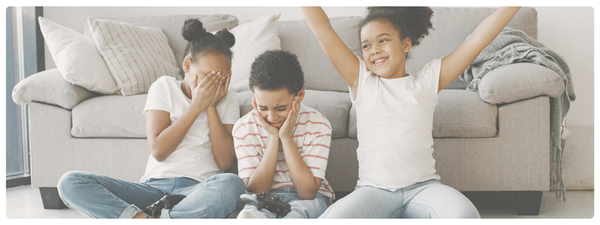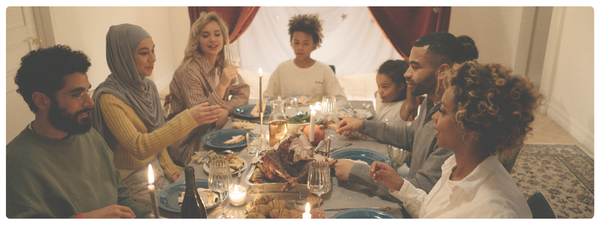If TV, movies, or video games start to feel like the source of every family struggle, is it time to institute a screen-time ban? Or, could a higher level of management and curation be a better route?
When screens become a daily tug-of-war — the arguing, the worrying, the constant negotiation — it’s natural to want to hit the off switch. To take it all away. While that reaction comes from care and concern, going all-in on turning it all off might not be the right solution.
Parents are up against a lot: the pull of digital media, a constantly changing landscape of new apps and platforms, and every parental control that works differently from the last. Add in moral-panic headlines warning that “screens are destroying a generation,” and it’s easy to see why banning them can feel like the safest way to protect our kids.
But is a screen-time ban really the simple fix it seems?
Avoidance Isn’t the Answer
Banning screen time is really just avoidance. Avoidance doesn’t teach kids anything — it only delays conflict and hinders their ability to manage their diverse relationships with screens and all the opportunities they offer.
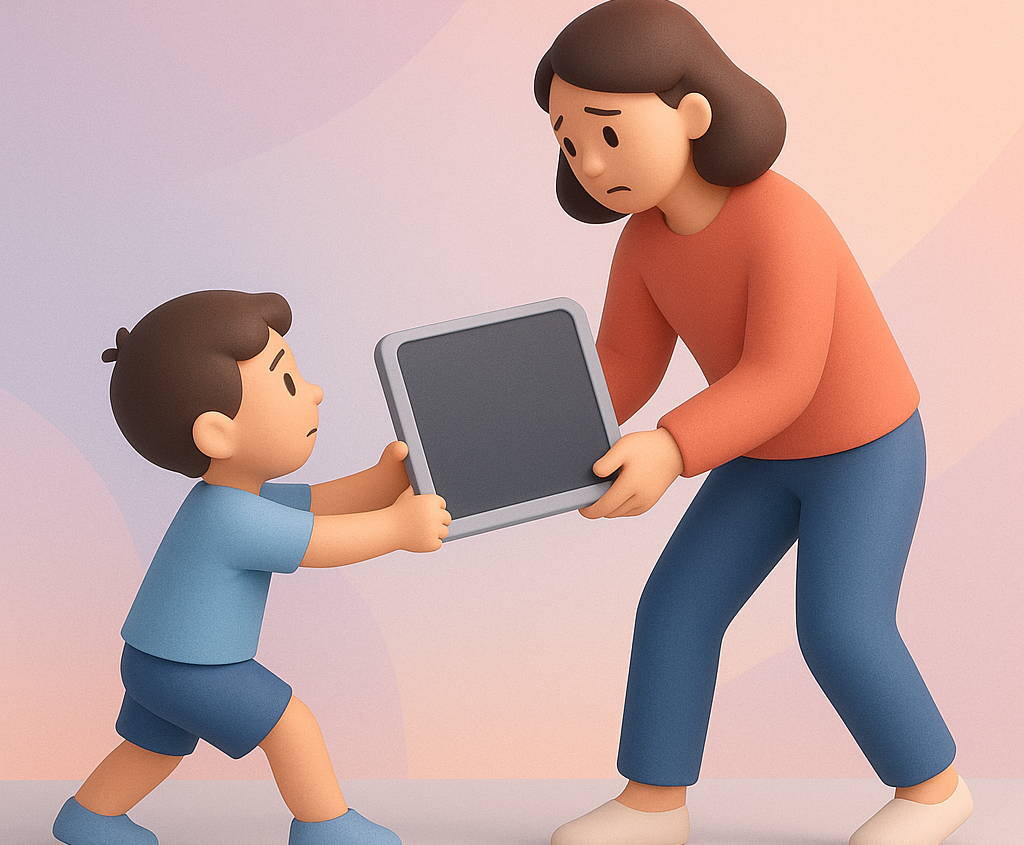
Regardless of how we feel about it, screens and digital experiences are central to our kids’ lives and are only becoming more common. If we simply take them away, they don’t learn how to navigate that world with guidance or support. They end up entering digital spaces later — unprepared, unguided, and often less safe in the long run.
It’s tempting to slip into “back in my day” thinking, when life seemed calmer and slower. But nostalgia can distort reality. Our parents probably worried about our Saturday-morning cartoons or Game Boy marathons, too. When an alluring new influence enters the picture, it’s easy to peg it as the bad guy.
Screens are now woven into how we learn, work, and connect. Pretending they aren’t doesn’t prepare kids for reality. It only postpones the learning they’ll inevitably need to do.
Why Do Parents Consider Screen Bans?
When parents think about banning screens, it usually comes from a place of both logic and emotion. It’s not necessarily about control, but capacity. They’re tired, overwhelmed, and just don’t want one more thing to manage.
In some cases, parents think about banning screens because they get nervous about some kind of screen, media, or gaming addiction. Yet that moral panic is unfounded.
Digital parenting is ever-evolving as new platforms and media introduce new goalposts to understand and chase. Add to that the doom-inducing headlines around screen time, cell phones, social media, and the Internet in general, and the overwhelming urge to take the exit ramp might be a hard opportunity to avoid.
The instinct to ban almost always comes from love and protection, not defiance. Parents want to shield their kids from inappropriate content, scary people online, or emotional meltdowns that follow screen overuse. But the truth is, taking screens away doesn’t prevent those challenges — it just removes the opportunity to help kids learn how to handle them with support and guidance.
And underneath all of that is something universal: wanting to do right by our kids in a landscape that feels impossible to control.
Why is it So Hard to Actually Ban Screens?
If you want a kid to want something more than ever before, ban it. That’s the forbidden fruit effect. Instead of removing temptation, bans make screens seem even more desirable. That, in turn, might lead kids down digital roads for the sake of the thrill, rather than for positive, developmentally rich experiences.
Even when the decision feels right, screen bans rarely work in practice. Screens are everywhere: at school, at friends’ houses, in restaurants, and in our pockets. Unless you’re living entirely off the grid, it’s almost impossible to remove them completely.
And when something is off-limits, it becomes more appealing.
Screen bans also create secrecy and power struggles. Kids want to know why a rule exists. When all they hear is “because I said so,” they don’t learn the reasoning behind it. That can lead to sneaking, hiding, or shutting down conversations, which means parents lose the opportunity to guide them through tricky online moments.
Screens aren’t just entertainment anymore. They’re part of school, friendships, and how kids connect with the world. Studies show that kids who have healthy online social networks have an increased sense of belonging, a critical feeling, especially in their teenage and young adult years.
When they’re completely cut off, they may feel left out or disconnected from peers. Combine that with the resentment toward a parent implementing a screen ban, and family/social dynamics can hit quite a rocky patch.
Rather than fighting reality, the goal is to help kids exist within it. Bans don’t teach boundaries, conversations do.
What are Kids Missing When Screens are Banned?
When a parent bans screens completely, they’re trying to remove a perceived distraction or influence. What they’re really removing is opportunity. The avoidance only delays learning critical modern life skills for the digital era. They’re not learning how to use technology thoughtfully.
If a kid is learning to ride a bike, but gets hurt when they fall, do we ban them from two wheels? No, of course not! We give them the tools, guidance, support, encouragement, and safety resources to help them navigate the bumps, find their balance, and roll in the right direction on their own (eventually).
Kids need guided exposure to build confidence and competence. When screens are treated as “off-limits,” children don’t get the chance to practice self-regulation, decision-making, or digital literacy in safe, supported ways. They miss out on learning how to pause, reflect, and choose wisely — all skills they’ll eventually need when screens are part of school, work, and social life.
They also miss developing the foundational 21st-century abilities that will shape their future: navigating interfaces, using tools for learning, searching for information, and recognizing what’s trustworthy versus what’s misinformation.
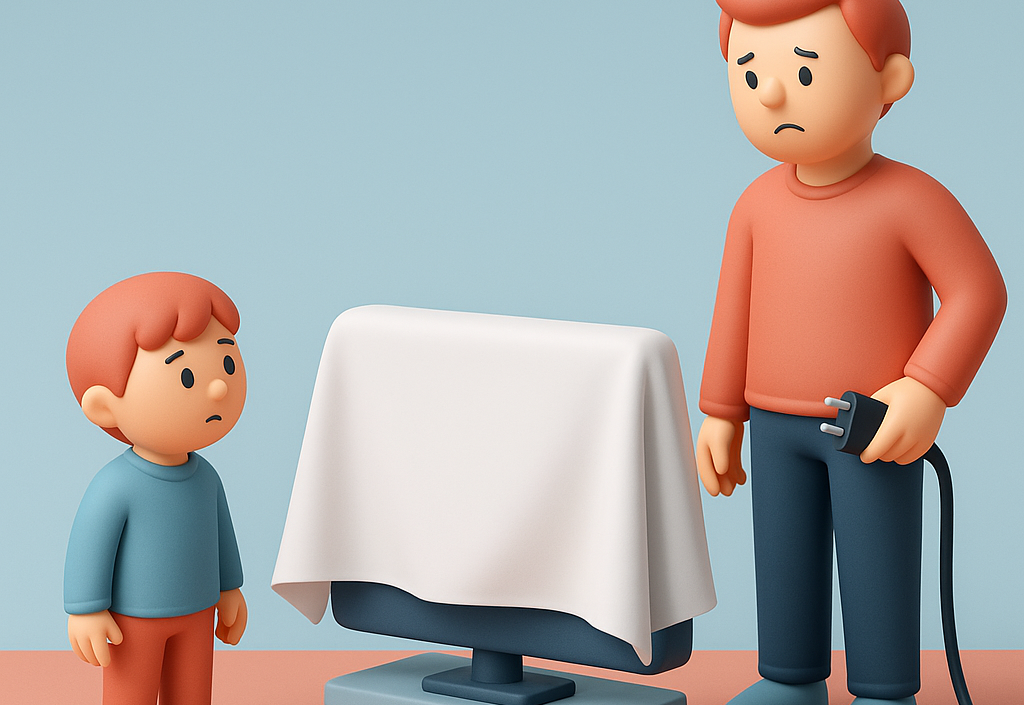
And there’s a social cost, too. When kids grow up without digital scaffolding, they can be more vulnerable later — to scams, misinformation, or even unhealthy peer influence online. They may not know how to set boundaries, find credible information, or ask for help when something goes wrong. When something weird, off, or uncomfortable happens online, you want them to always know they can come to you for help without worry of being in trouble for being online in the first place.
Additionally, they won’t be able to practice their communication and social skills in online environments, or learn what it means to be a good digital citizen.
The goal isn’t to hand them every device and hope for the best. It’s to scaffold those experiences so they can explore, learn, and come to you when they need help. Because if they don’t learn these lessons with you, they’ll eventually have to learn them without you.
Why Curation Works Better Than Control (Balance, Don’t Ban)
Curation is about collaboration instead of control. Shifting away from rules and limits, parents can help kids make their own healthy decisions. Instead of a battleground, screen time can become a learning experience.
The goal isn’t to count minutes or micromanage access. It’s to focus on what kids are using, when they’re using it, and how they’re engaging with it. That means co-viewing, co-playing, and asking questions like, “What do you like about this?” or “What did you notice in that video?”
These small conversations teach kids to pause, reflect, and think critically — the foundation of self-regulation.
Guided curation also keeps communication open. When screens aren’t treated as forbidden or “bad,” kids are more likely to come to you when something confusing or uncomfortable happens online. Trusting your guidance and influence is a much better position than bending to an illusion of control through restriction.
For parents looking for a place to start, begin small. Try creating a short family media plan, swapping one passive screen activity for something interactive, or introducing one closed, age-appropriate platform that you explore together. The goal isn’t zero screen time. It’s developmentally appropriate, connective, and enriching engagements with digital media.
Dig into the Parents’ Guide to Screen Time for the full approach. When kids learn how to make thoughtful media choices with you, they’ll eventually be able to make them without you. That’s what balance looks like.
What if You Really Do Need a Reset?
Maybe your family slipped into screen-heavy habits for whatever reason — travel, illness, busy work schedules, holiday breaks — and you really, deeply believe there’s a need to shut down and “touch grass,” as they say. There can absolutely be value in that. What’s problematic is when this sort of screen break is billed as a “detox,” as if some kind of harmful chemical was lingering in the air.
Readjusting screen time schedules and habits might occasionally include a break from digital entertainment for a few days. But what fills the void? And what caused the over-reliance on media in the first place? Those are crucial elements to consider before simply unplugging or changing the WiFi password.
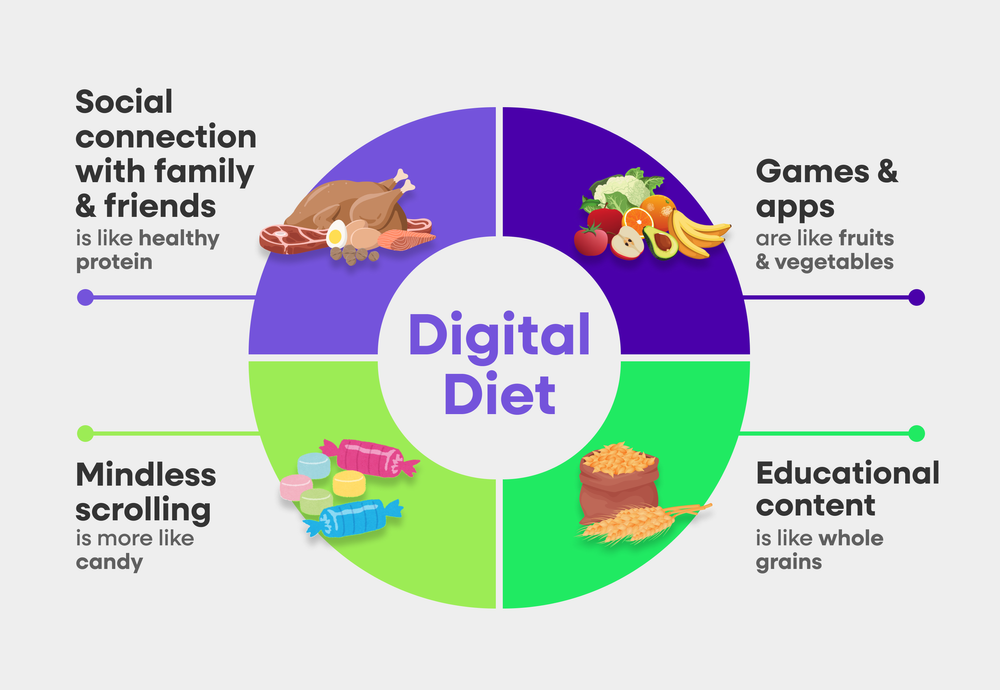
It can be just like after the holiday season, when you try to balance out a month of heavy, sweet, indulgent treats with a January menu of carrots and greens. Thinking about your family’s Digital Diet, and how it balances throughout the week, month, or year, is a smart parenting move.
As always, balance is key. So is communication and collaboration. Get kids involved not only in understanding why you’re taking a break, but also in what they’d like to do to fill that time or readjust their habits. Reading, playing outside, exploring creative endeavors, cooking, and planning social events — all of these are great to rediscover.
And when the screen break ends, those experiences can mesh with digital ones, cross-pollinating inspiration in what kids enjoy and learn from on- and off-screen.
Keep the rhetoric away from punishment, cleansing, or banning. Focus on balance, adjustment, and understanding how different activities and habits impact one’s mood, focus, interests, and relationships.
Preparing for What’s to Come
Should we avoid screens and digital experiences? No. Should we be cautious, careful, and collaborative about how they work into our lives, relationships, and development? Yes.
Banning screens puts an ineffective bandage on the bigger issue: knowing how to live healthy, balanced lives in the age of the Internet. Conversation and curation, instead, pave the way for kids to learn healthy habits, make informed decisions, and be ready for what’s next.
As we enter the next phase of the digital era — one driven by Artificial Intelligence (AI) chatbots, tools, and media — we’re going to face more questions, challenges, and opportunities. How we prepare our kids today will define how they face the AI-infused future we’re quickly veering into.
And as technology continues to evolve, kids will often end up teaching us new tools and trends. That shared learning, where they scaffold us as much as we guide them, keeps the connection strong and curiosity alive.
So rethink your screen time ban and reach back into your digital parenting toolkit. Find ways to rebalance and reconnect in ways that support development and embrace the joys and benefits of modern technology.


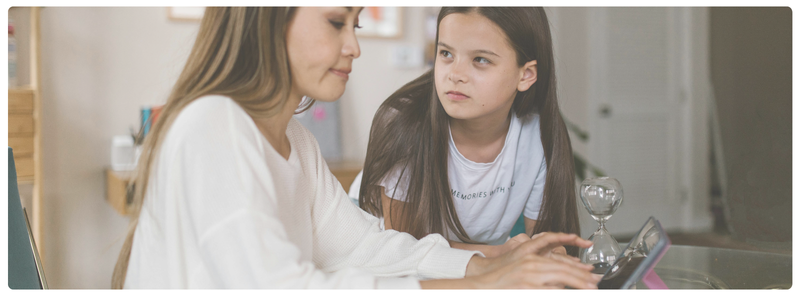
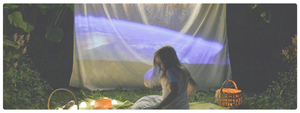

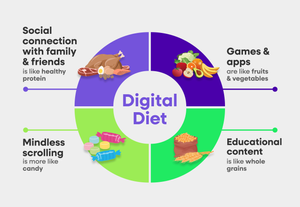
 Copy Link
Copy Link
 Share
to X
Share
to X
 Share
to Facebook
Share
to Facebook
 Share
to LinkedIn
Share
to LinkedIn
 Share
on Email
Share
on Email



